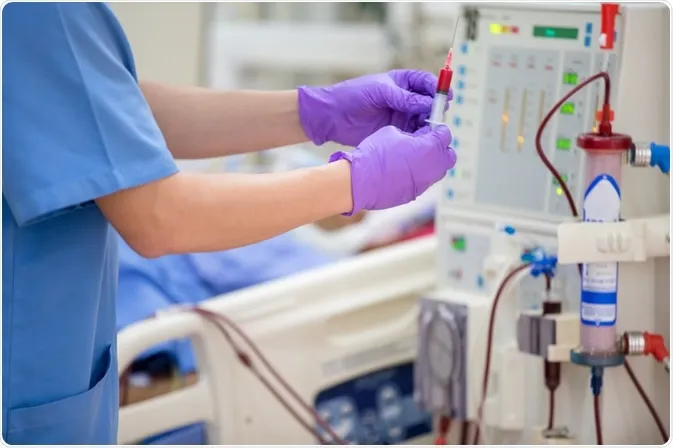How Dialysis Access Is Essential for Efficient Kidney Dialysis

Dialysis is a lifeline for managing kidney failure. It removes waste, toxins, and excess fluids when the kidneys can’t function properly. Dialysis access is a key part of effective treatment. Knowing your access options and how to care for them can improve your experience and health during treatment.
What Is Dialysis?
Dialysis is a medical treatment for patients whose kidneys have either stopped functioning or are not working optimally. The process involves filtering blood through a machine that acts as an external kidney. This machine removes harmful waste products, balances electrolytes, and maintains fluid levels in the body.
There are two common types of dialysis. Hemodialysis uses a machine and a special filter to clean your blood. During this type of dialysis, the healthcare team accesses your blood via surgically created access points. Peritoneal dialysis is another method in which a fluid is introduced to your abdomen to absorb waste, which is drained out of the body.
What Is Dialysis Access?
Dialysis access is a surgically created connection that allows for effective blood flow to and from the dialysis machine. The quality of your dialysis directly depends on the type of access you have and its functionality. The two primary forms of dialysis access for hemodialysis are an arteriovenous (AV) fistula and an arteriovenous (AV) graft.
An AV fistula is often the preferred form of access. It is created by connecting a vein and an artery in your arm. Over time, the connected vein grows stronger and larger, allowing for a higher blood flow rate during dialysis treatments. A fistula is often chosen when it is possible because it is less prone to infections and tends to last longer than other access types.
An AV graft serves as an alternative for individuals whose veins are not suitable for creating a fistula. A graft is a synthetic tube that connects an artery to a vein. It offers reliable access for dialysis but may have a higher risk of complications such as blood clots or infections when compared to a fistula. Your healthcare provider will recommend the most suitable option for you.
How Do I Care for my Dialysis Access?
The first step in access care involves keeping the area clean and free of potential contaminants. Washing the access site with soap and water regularly is an effective way to minimize the risk of infection. Avoiding activities that put strain on the area can also help. Wearing tight clothing or carrying heavy objects with the arm where the access is located can cause undue pressure or damage.
Monitoring your access site daily is another component of its care. Look for any signs of redness, swelling, or warmth, as these could indicate an infection. If you notice any issues, inform your healthcare provider immediately.
Caring for your dialysis access is a part of maintaining its health. Well-functioning access can improve the quality of your dialysis treatments and reduce the risk of complications. Regular check-ups with your dialysis team will also play a role in keeping your access in good condition. During these visits, they can assess the functionality of your access and address any concerns before they escalate.
Take the Next Step Toward Better Kidney Care
Dialysis access is the backbone of efficient dialysis treatment. Whether you have an AV fistula or an AV graft, understanding the purpose, benefits, and necessary care for these access types can go a long way in supporting successful dialysis. If you have questions or need guidance about your dialysis access, don’t hesitate to consult your healthcare team. They are there to support you in every step of your dialysis treatment.





